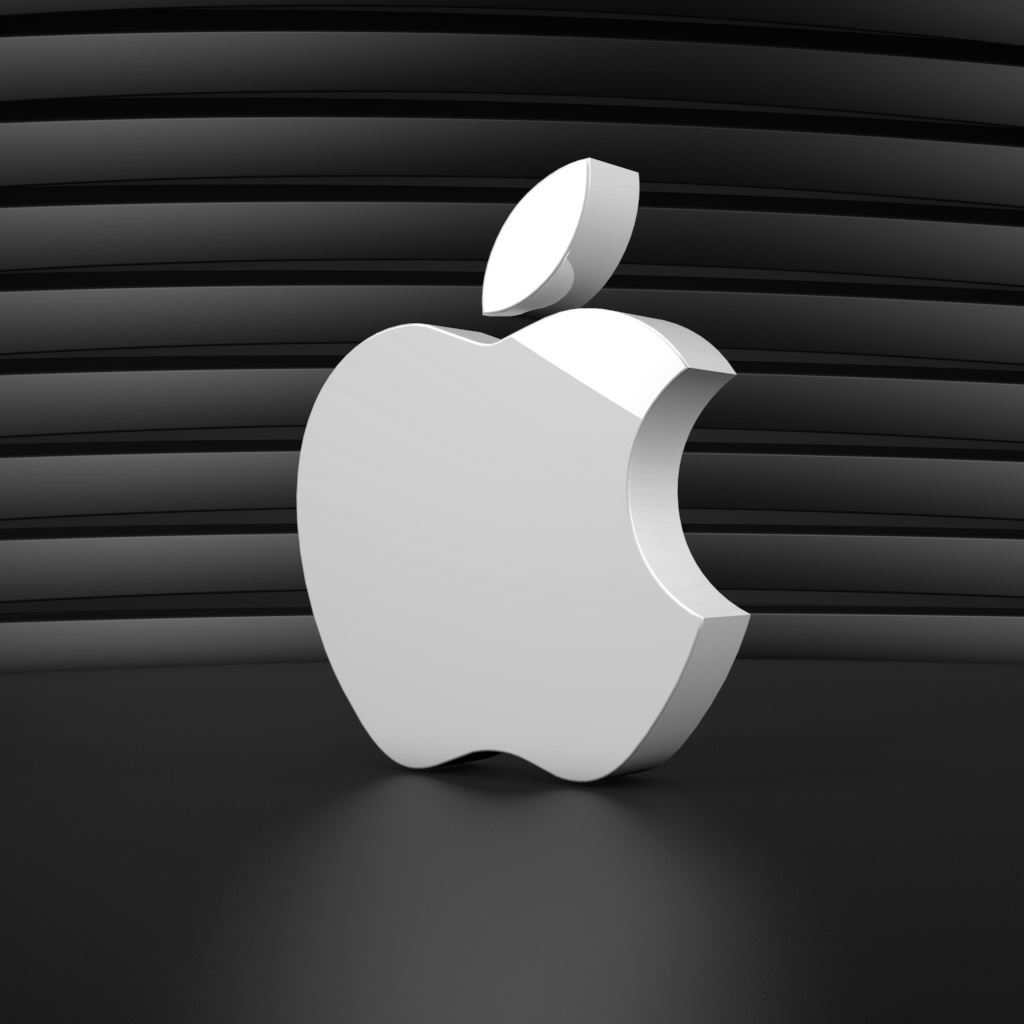The rate of return has dropped slightly on the high-yield savings account available to Apple Card users. The new annual percentage yield (APY) of 4.40 percent reflects a decrease from the previous rate of 4.50 percent APY.
The Apple Card Savings account, which is provided through a partnership between Apple and Goldman Sachs, continues not to charge monthly service fees or require any minimum balance amount. Funds in the account are insured by the Federal Deposit Insurance Corp. (FDIC). The card is accessible through the Apple Wallet.
How the Apple Card Savings account rate compares with other savings accounts
Despite the rate decrease, the yield on the Apple Card Savings account remains significantly higher than the national average savings account APY of just 0.59 percent. Across banks, APYs of up to 5.35 percent are available on high-yield savings accounts.
How the Apple Card high-yield savings account works
The Apple Card Savings account initially earned 4.15 percent APY when it was introduced in April 2023, which was four years after Apple and Goldman Sachs partnered to make the Apple Card. This cash-back credit card is geared toward those who use Apple Pay via an iPhone or Apple Watch, and it helps users earn up to 3 percent cash back on all purchases.
Those who have the Apple high-yield savings account can manage the account through the Apple Card in the Wallet app. The maximum balance for the savings account is capped at $250,000. While it’s not possible to deposit cash into the savings account, deposits can be made as transfers from an external bank account or from Apple Cash.
Bottom line
At 4.40 percent APY, the Apple Card Savings account earns a significantly higher yield than the national average APY of just 0.59 percent. It can be a convenient option for Apple Card holders (you’ll need an Apple Card to open the savings account), and it’s easy to access and manage the savings account in the Wallet app. Unlike many other high-yield savings accounts, it requires no minimum deposit. If you’re looking for the highest APY available, however, you’ll find that with other savings accounts instead.



